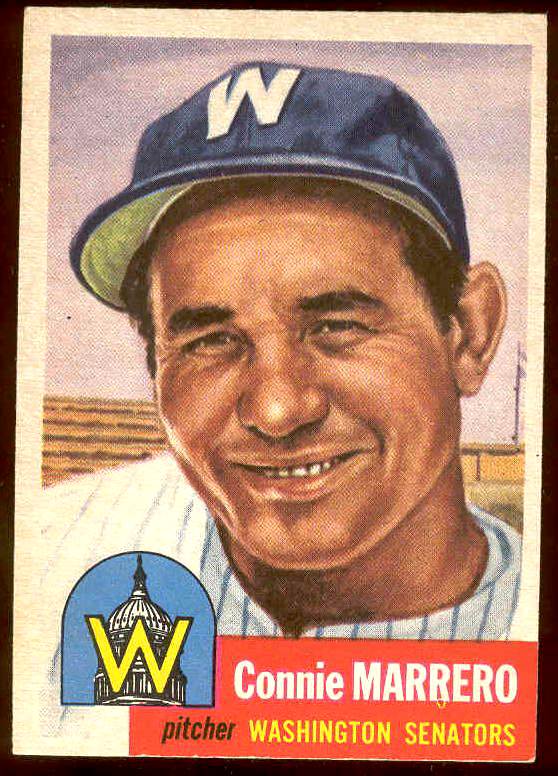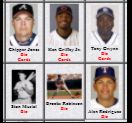1953 Topps # 13 Connie Marrero (Senators)


Below are short bits & pieces on sportscard & baseball trading card collecting.
Please wander around the website for more info, prices, values & images
on vintage baseball, football, basketball, hockey, sport and non-sports cards.
Please wander around the website for more info, prices, values & images
on vintage baseball, football, basketball, hockey, sport and non-sports cards.
Ted Williams Baseball Cards
|

How do I keep cards in top condition ?
A: There is a wide variety of storage supplies available to help you keep your cardsin the best condition possible. They range from hard thick acrylic screw-down holders to "penny" soft sleeves for individual cards to cardboard boxes that can hold from 100 cards upto "monster boxes" that hold more than 5,000 sportscards.
We have a large selection available on our web site with quantities from 1 to 1,000.

